
Eight winners awarded in 2017 Archiprix International student competition
By Justine Testado|
Wednesday, Feb 15, 2017
Related
The biennial Archiprix International competition recognizes top-notch research projects by graduate students in architecture, landscape architecture, and urban design. The 2017 edition started out with 385 projects, which were then narrowed down to 23 nominees. In the end, the jury selected eight winners to receive 2017 Hunter Douglas Archiprix Awards. The student winners were celebrated at an award ceremony at CEPT University in Ahmedabad, India. All 385 submissions are on display at the CEPT library now until March 1.
Have a look at the winning projects below.
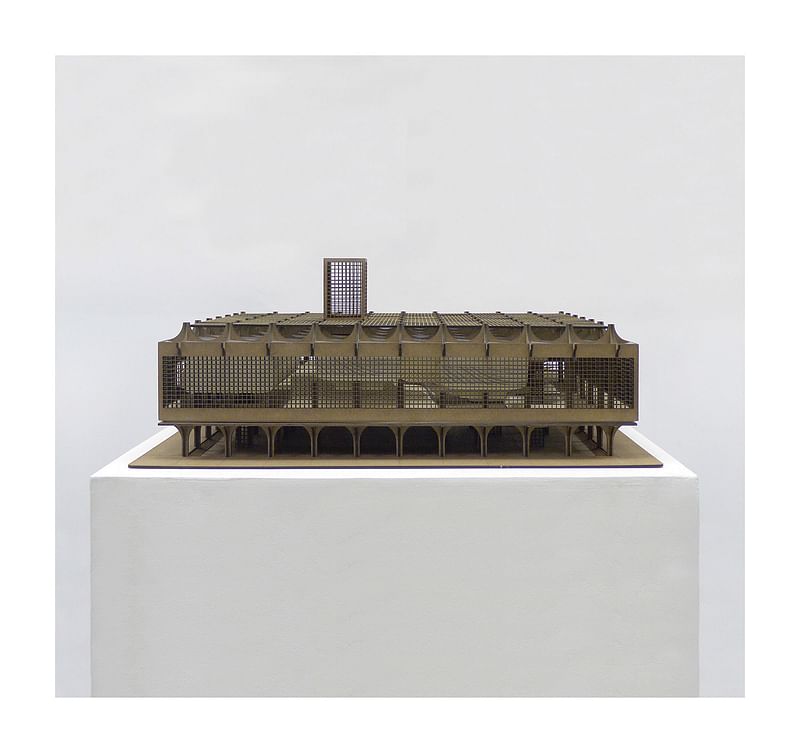
Jason Tan: “Badabing Badaboom. The politics of conditioned air in a Goldrush Boomtown”
The National University of Singapore, Department of Architecture, Singapore
Project excerpt: “The legitimization of small-scale gold-mining in Ghana is initiated by the Chinese government through a philanthropic gesture of developing the goldrush boomtown of Dunkwa. Though charitable on surface, the initiative attempts to bury the ravages of exploitation, for which the Chinese themselves are currently responsible (after taking up the baton of oppression that the European empires left behind) [...] The building officially functions as a Gold Exchange and a Gold Miners Union, but not without an inevitable touch of illegitimacy by the opportunistic neo-colonials.” More project info.

Katarzyna Pankowska: “City's Thermal Bath. Balancing body, mind and soul”
Politechnika Warszawska, Wydzial Architektury, Warsaw, Poland
Project excerpt: “Located in a former military fort, the proposed thermal bath provides a green enclave for physical and spiritual balance within the bustling city. As part of a unique 19th-century ring fortress, the long-abandoned and forgotten military structures determine today’s system of green areas in Warsaw [...] The project exploits the potential of the existing fort as a wild, green enclave to incorporate a facility for spiritual and physical balance.” More project info.
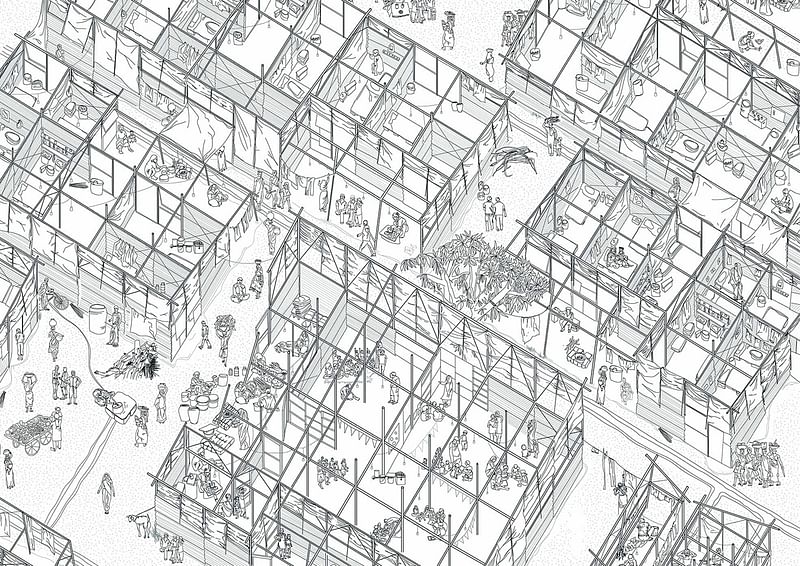
Hannah Broatch: “Housing for Construction Workers in Ahmedabad. Jugaad urbanism to empower a labour colony”
Unitec New Zealand, School of Architecture and Landscape Architecture, Auckland, New Zealand
Project excerpt: “Drawing from onsite field research in India, I designed a temporary housing system to accommodate 280 workers and their families. The system aims to improve living conditions for the inhabitants by providing practical aspects of drainage, insulation, ventilation, sanitation, safe spaces for women and children as well as social spaces for communal daily activities, a children’s crèche, open spaces and a structural grid that allows for negotiation and flexibility.” More project info.
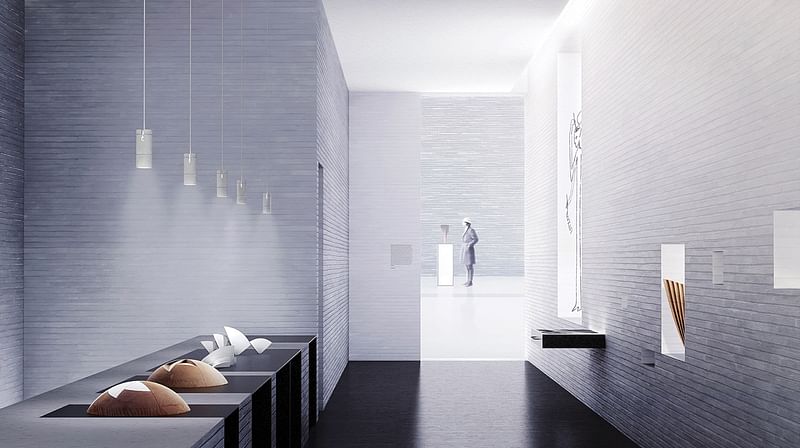
Jonathon Donnelly and Jennifer McMaster: “MA|UA. Museum of Architecture | Jørn Utzon Archive”
University of Sydney, Architecture, Design and Planning, Sydney, Australia
Project excerpt: “The MA|UA consolidates and catalogues Utzon’s archive in a single place. An elevated wunderkammer, it stores and displays the content, making it accessible to a curious public. The archive is the backbone and basis upon which this new museum produces, curates and exhibits work.” More project info.
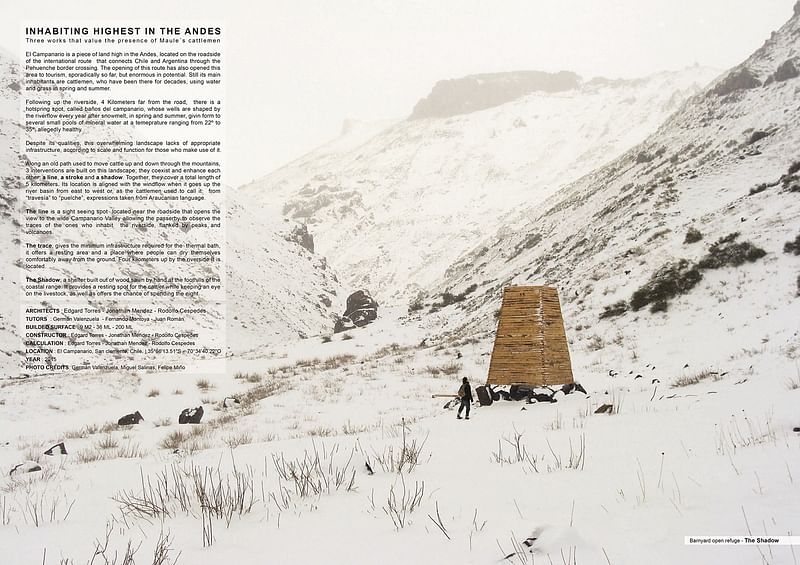
Edgard Alfredo Torres Torres, Rodolfo Alejandro Cespedes Muñoz, and Jonathan Alexander Mendez Osorio:
“Inhabiting highest in the Andes. Three works that value Maule’s cattlemen”
University of Talca, School of Architecture, Talca, Chile
Project excerpt: “Despite its qualities, this overwhelming [El Campanario] landscape lacks appropriate infrastructure for the scale and function of those who use it [cattlemen] ... Along an old path used to move cattle up and down through the mountains, three interventions built on this landscape coexist and enhance each other. They are a line, a trace and a shadow.” More project info.
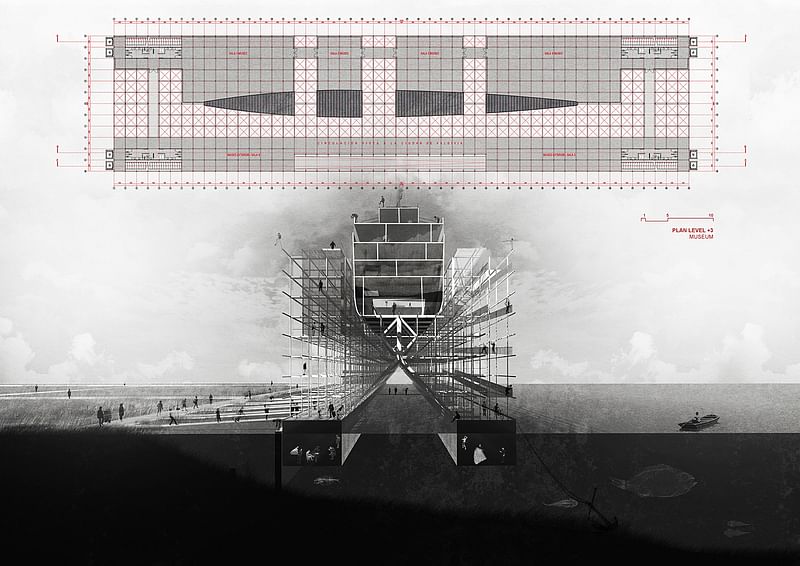
Emanuel Astete: “Ship Construction Museum. Celebrating the naval identity of Valdivia”
Universidad de Chile, School of Architecture and Urbanism, Santiago, Chile
Project excerpt: “The project proposes to show the community the constructive processes of building a ship by displaying a sectioned ship, having as its main objective the strengthening and development of the link between the city and its naval identity.” More project info.

Yuan Jin: “Through Thick and Thin. A celebration of spatial experiences”
Rice University, School of Architecture, Houston, United States of America
Project excerpt: “This thesis juxtaposes two contrasting spatial types within a single building. One of these spatial types is architecturally dense, small scale and discrete…a Thick Plan. The other spatial type is open, large scale, and indiscrete…a Thin Plan [...] The confluence of the Thick and the Thin Plan points toward a new type of public building: a provocative interface between highly scripted and altogether unscripted interactions.” More project info.
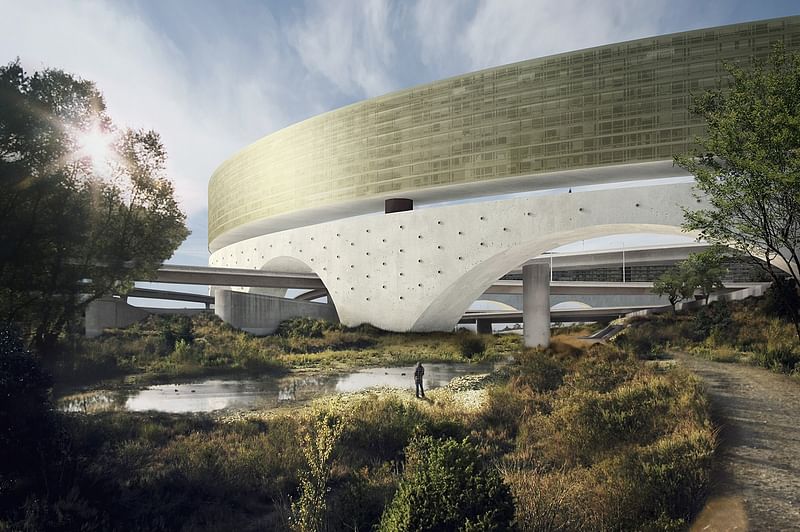
Alexander Gebetsroither: “I-710/I-105. More than infrastructure”
Technische Universität Graz, Fakultät für Architektur, Graz, Austria
Project excerpt: “The design project focuses on the iconic interchanges, the large-scale freeway junctions of the city. It questions their role in the public perception and creates a scenario for an appreciation of these spaces that become a ‘museum’ for the paradigmatic space of the 20th century: infrastructural space. Following the context of Hollywood, the design situates itself between emotion and rationality, between clarity and ambiguity, between fiction and reality.” More project info.
2017 jury: Bimal Patel (India) - architect, HCP Design Planning and Management, president of CEPT University in Ahmedabad, and chairman of the Archiprix International jury; Frida Escobedo (Mexico) - architect, studio Frida Escobedo; Yttje Feddes (Netherlands) - landscape architect Feddes/Olthof, former government advisor on landscape; Marina Tabassum (Bangladesh) – architect, Marina Tabassum Architects; and Steven Smith (Great Britain) - architect/urbanist, Urban Narrative.
All images courtesy of Archiprix.
RELATED EVENT Archiprix 2017

RELATED NEWS A closer look at the winning 2016 Archiprix Portugal entry by David Monteiro


Share
0 Comments
Comment as :